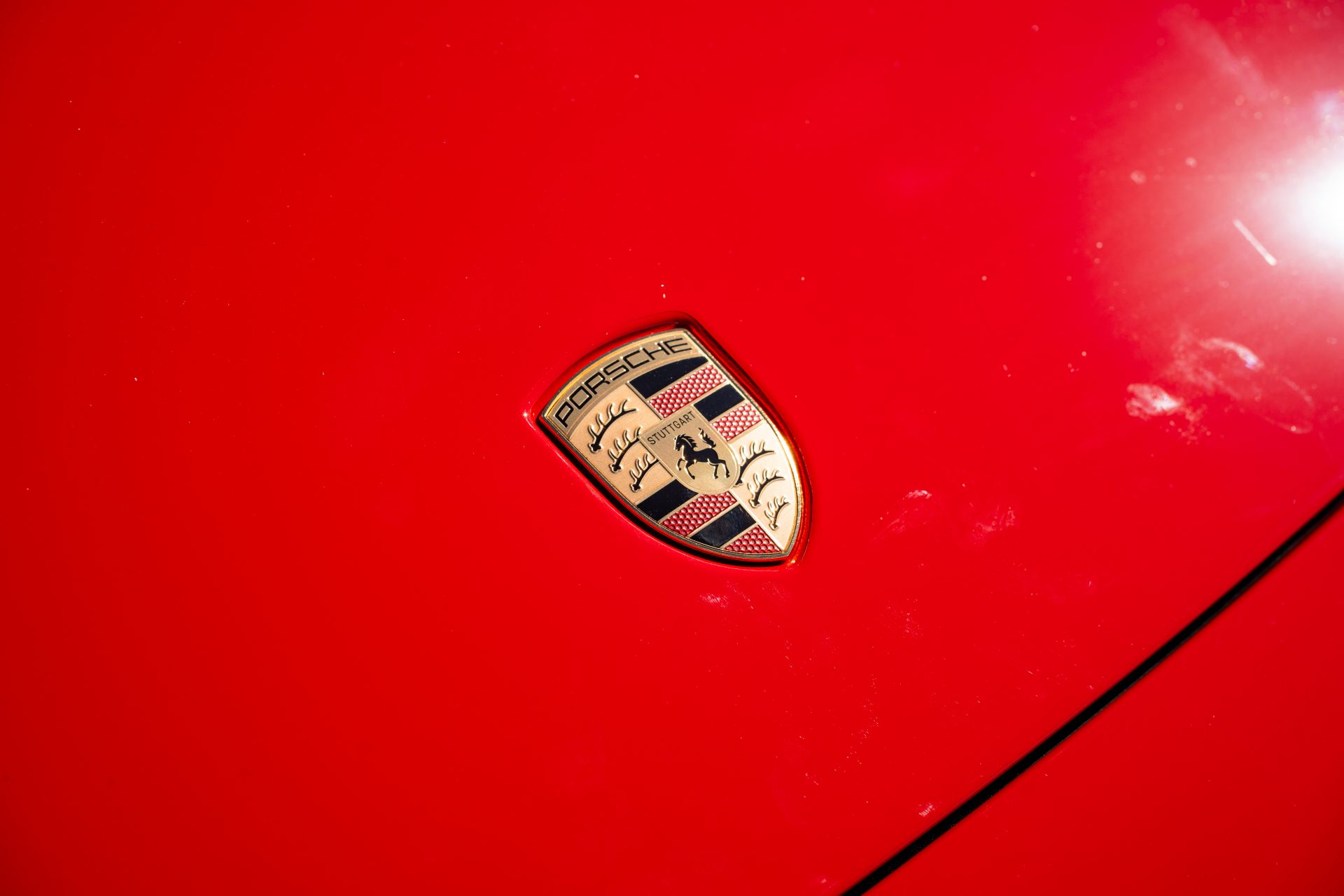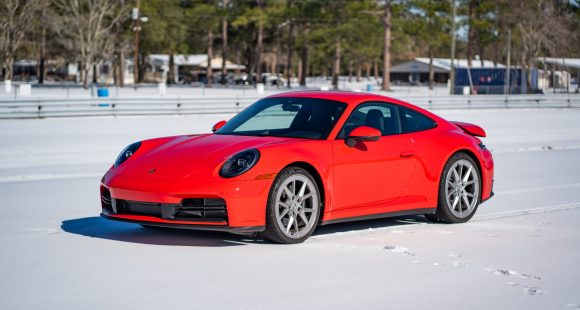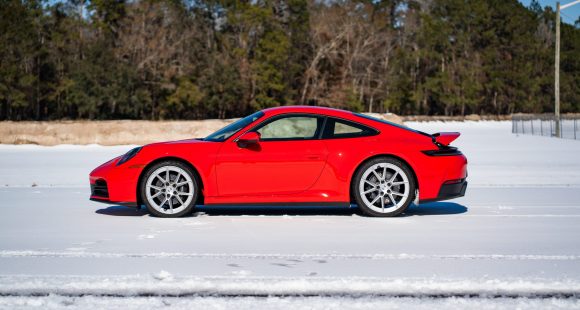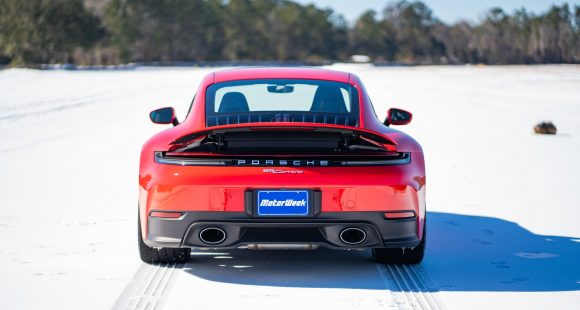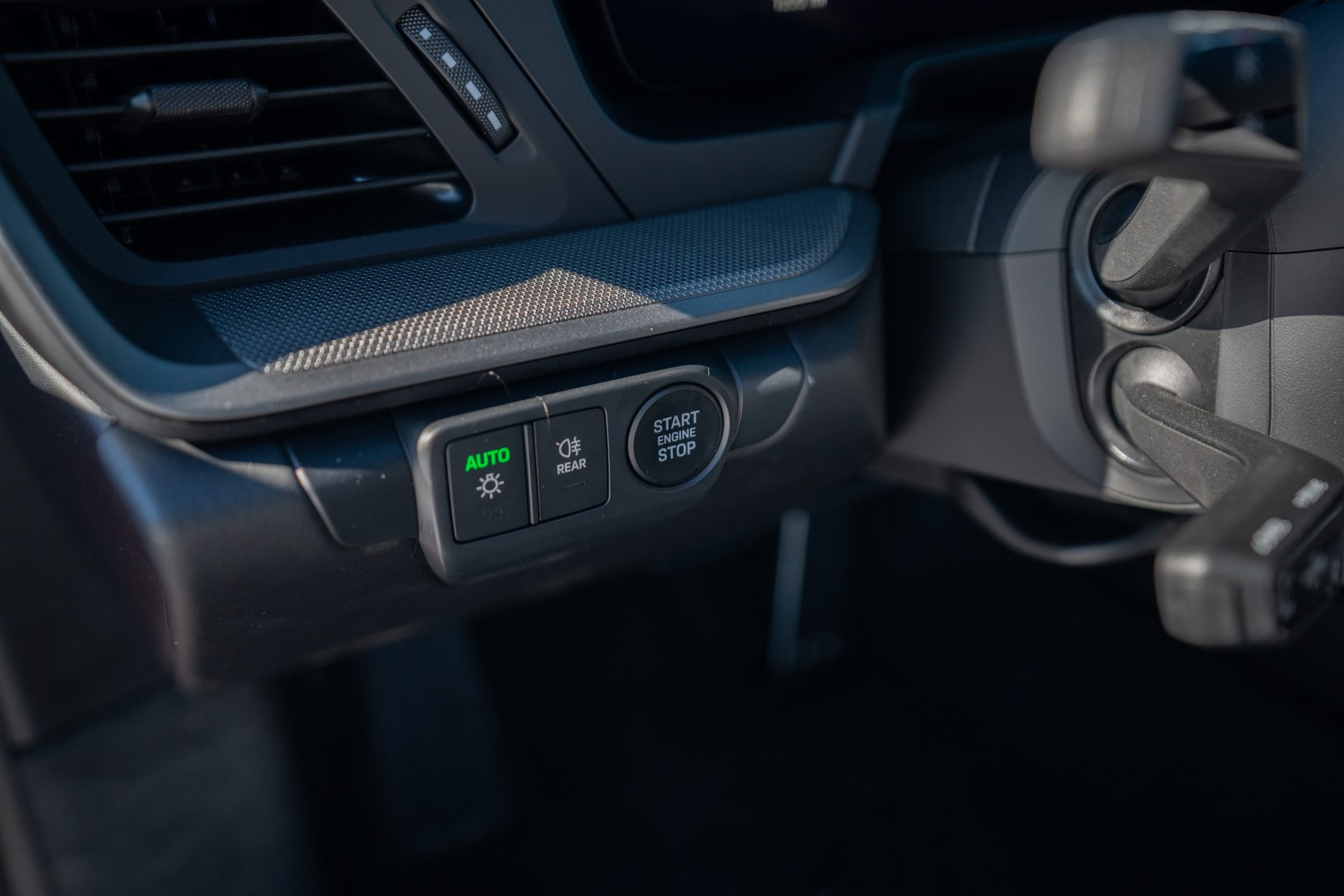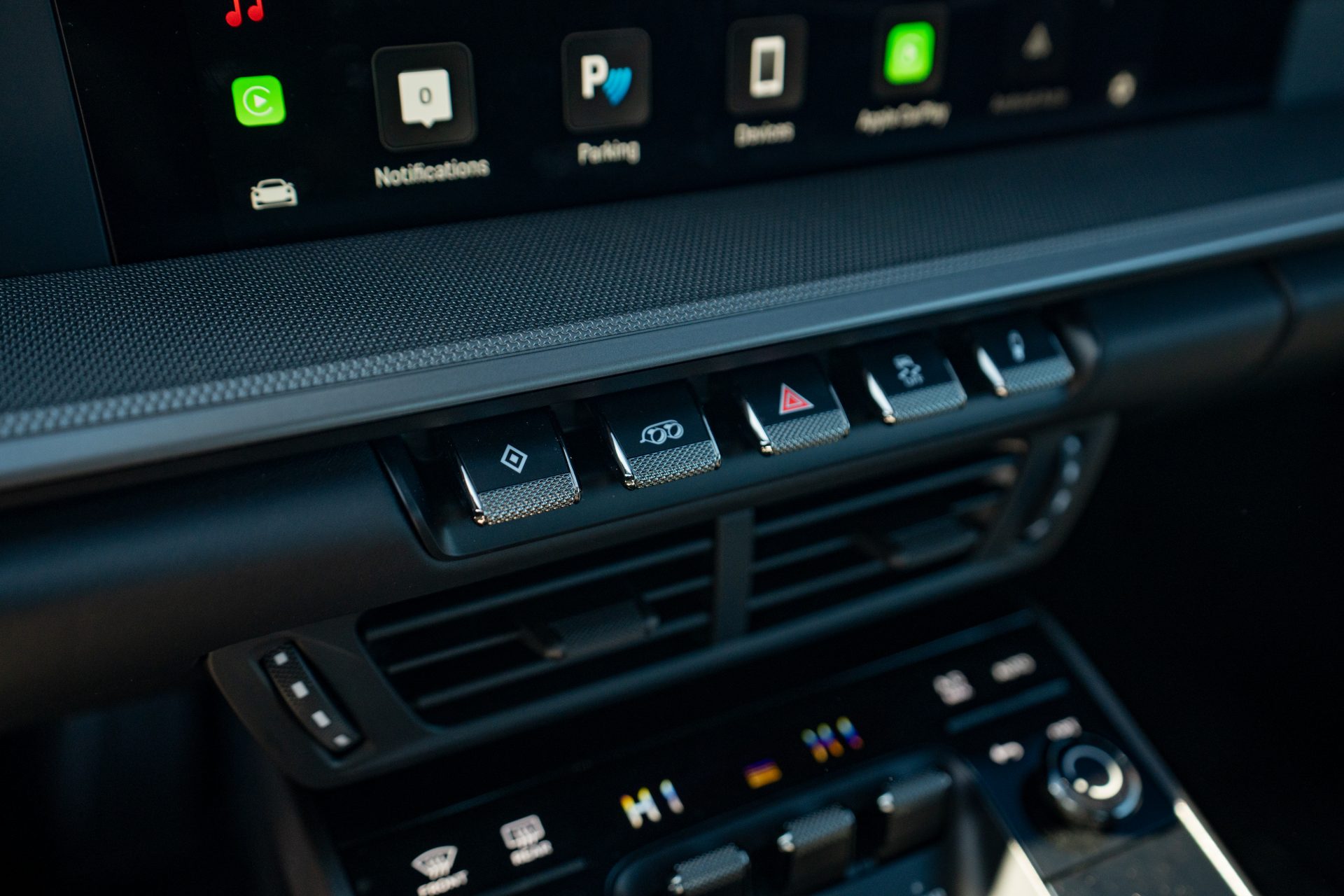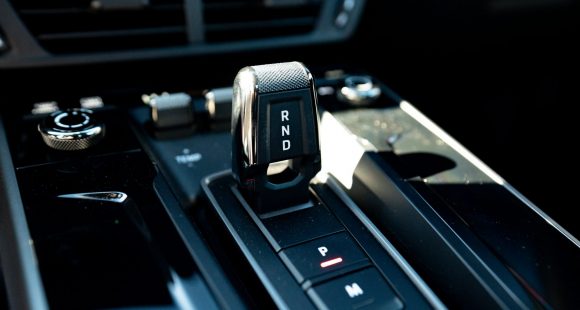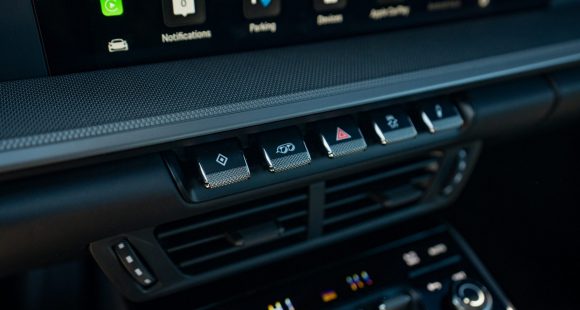2017 Jeep Compass
With the expanding Jeep lineup recently adding the subcompact Renegade, one might have thought the aged Compass’ was on its way out. Well not so fast, as Jeep has just released an all-new compact Compass, making for a two-pronged small SUV attack from the brand. Plus, this Compass claims to have shed its “near Jeep” reputation. So is the new Compass for “real”? Let’s all be the judge of that.
If you thought there wasn’t enough room in the Jeep lineup for another crossover between the Renegade and the Cherokee, well you’re wrong, as that spot is now filled by the reborn 2017 Jeep Compass.
And while that might not exactly cause mass cheering around your workplace or ours, it will certainly create some buzz in plenty of the over 100 countries that it will be sold in.
The Compass still rides on a front-wheel-drive based chassis, though no longer the Dodge Caliber’s; rather, the Fiat derived Jeep Renegade’s.
There’s a choice of two all-wheel-drive systems, Active Drive and Active Drive Low. Trailhawk editions come with Active Drive Low, which adds low range and Rock mode with Hill-Descent Control to the standard Selec-Terrain.
 The Compass’ exterior design is without a doubt much more SUVish in appearance than the compact wagon of before; drawing more cues from the larger Grand Cherokee than chassis-mate Renegade.
The Compass’ exterior design is without a doubt much more SUVish in appearance than the compact wagon of before; drawing more cues from the larger Grand Cherokee than chassis-mate Renegade.
The front end is still tall and chunky looking, with the shortened 7-slot grille stretching fully between the black-trimmed headlights. A black-painted roof is optional, as are LED tail lights.
And, for those Jeep Easter Eggs we’re not supposed to fully understand, there’s a lizard molded into the cowl, and a Loch Ness monster on the rear window.
We do understand FCA’s Tigershark 2.4-liter I4; our only engine choice for now. Here it produces 180-horsepower and 175 lb-ft. of torque. Walking up the trim levels will move you from 6-speed manual, to 6-speed automatic, and ultimately 9-speed auto.
The interior appears almost upscale, more so in Limited trim; with little Jeep quirkiness to be found. Front seat space is ample, made more so by a very low console for an almost airy feel.
Seat cushions felt firm initially; but after a long day in the saddle, they proved to be very comfortable.
Rear seat space is good on headroom, adequate on legroom, but the cushions are harder and flatter.
Even base models feature a UConnect touchscreen center dash, but upgrading to navigation gets you a much larger 8.5-inch version.
 A handy power lift gate is optional. Behind it is a good 27.2 cu-ft. of cargo space. Split, nearly flat folding rear seats expand that to a respectable 59.8 cu-ft.
A handy power lift gate is optional. Behind it is a good 27.2 cu-ft. of cargo space. Split, nearly flat folding rear seats expand that to a respectable 59.8 cu-ft.
As for driving; well, The Compass never really feels overpowered, merely adequate.
And that 9-speed still seems to be a powertrain weak link. It seldom felt like it was in the right gear at the right time, and was rather slow to make any changes.
We found the ride to be, somewhat surprisingly, very smooth, even with the Limited’s 18-inch wheels. Interior noise levels suffered a bit from wind noise around the windows. The kind that makes you keep checking to see if they’re all the way up.
Always wanting to prove their off-road merits, Jeep arranged for backwoods time in Northern California. We hit some real trails, not just specially created obstacles as many carmakers like to send you through. We’re not talkin’ hardcore stuff here, but this little Compass Trailhawk is clearly more capable than anything else in its class.
But, our advice is that unless you plan to do lots of off-roading, skip the Trailhawk and stick with still-capable lesser trims and save some money. Or, spend about the same and go for luxury with Limited trim.
 It will take adding a few option packages, but comprehensive safety systems are available; including Full-speed Collision Warning Plus with Advanced Brake Assist.
It will take adding a few option packages, but comprehensive safety systems are available; including Full-speed Collision Warning Plus with Advanced Brake Assist.
Regardless of drivetrain, Government Fuel Economy Ratings are all very close to the front-wheel-drive manual’s 23-City, 32-Highway, and 26-Combined. Our mileage loop was right on at 25.9 MPG.
The Energy Impact Score is 12.7-barrels of annual oil consumption with 5.6-tons of CO2 emitted.
Compass base pricing ranges from a Sport at $22,090 to Limited at $30,090. But be advised, there are some 2017 Compass carryovers from last generation on dealer’s lots. Trust us, the new one is the one you want.
With crossover and SUV sales showing no sign of slowing down, FCA’s Jeep brand could probably put just about anything out there and be successful with it. That’s not what they did with the genuinely all-new 2017 Jeep Compass. It’s miles better than its predecessor. And, with Jeep more and more a global brand, this small and capable family runabout is certain to have loads of appeal both home and abroad.
Specifications
- Engine: 2.4 liter
- Horsepower: 180
- Torque: 175 lb-ft.
- EPA: 23 mpg city / 32 mpg highway
- Energy Impact: 12.7 barrels of oil/yr
- CO2 Emissions: 5.6 tons/yr
2025 Porsche 911 Carrera
Ever Evolving 911 Reaches New Heights
The Porsche 911 has existed for 60 years now! Amazing! And, you could argue that major changes over all those years have been relatively few, as constant incremental improvement is more the way that Porsche does business. With that in mind, let’s hit the track in the latest 911 and see what constant improvement means for 2025.
We’ve driven so many 911s here at MotorWeek, each seemingly more special than the last, so it’s a bit refreshing to be ripping around Savannah’s Roebling Road Raceway in a 2025 Porsche 911 that’s about as close as you can get to base these days. And the fact that it’s just as fun as all those exclusive pieces says a lot about how far the 911 has come. Perhaps it also speaks to how much a base 911 will set you back today as well; more on that later.
For now, we’re just thinking about the next apex, holding steady throttle as we approach, and getting on it way sooner than you’d expect without upsetting anything, as the 911 rockets off the corner thanks to tremendous grip and a PDK trans that finds the perfect gear before we even gave it a thought. Even with very cold track temps, we never struggled for grip or battled any wheelspin coming off of corners. And trying to land it in that perfect spot in braking zones is easy with strong brake performance that was predictable and consistent lap after lap; no wandering, and great feedback too.
Yes, even the standard 911 is near pure perfection on a racetrack. It gives you all the right feedback, stays incredibly flat through corners, makes you always feel totally in control, and again is just plain fun. Unless you’re chasing lap times, there’s really no need to head further up the 911 tree. Though it is worth noting the few upgrades that were on our Carrera did help the situation a little. The 20- and 21-inch Carrera S wheels enabled plenty of grip from the 305 Pirelli P Zero tires, the Sport Chrono Package allows 0-60 sprints of 3.7 seconds, an extended range fuel tank meant we could lap all day without having to fill up, and the fantastic Sport Seats provided great support and better comfort than we remember experiencing in a 911. The Sport Exhaust system didn’t add anything to performance, but made things sound a whole lot better, and the oval silver tips look great too.
We never struggled for grip or battled any wheel spin coming off of corners.
Our track time got cut short thanks to a rare snowstorm in Coastal Georgia, but the white stuff and blue sky made the perfect backdrop for our Guards Red Carrera. Exterior tweaks for what is officially the 992.2 include a reshaped front fascia with improved aerodynamics. All front lighting is now contained within the Matrix Design LED headlight housing. The rear fascia has also been smoothed out, the license plate moved higher, and Porsche 3D block lettering spelled out across the back beneath the active rear spoiler and new decklid grille.
Even without Turbo in the name, the standard 911 engine is indeed a turbo these days, a 3.0-liter flat-six twin-turbo delivering 388 horsepower and 331 lb-ft strictly to the rear wheels in the Carrera Coupe.
Inside the cabin, the 911 continues its slow crawl towards the modern, now including a 12.6-inch fully digital gauge display and a start button located on the left side of the steering wheel, with drive modes easily accessible on the wheel itself. In another no brainer move, Porsche now makes the rear seat a no cost option, so you can choose if you want it or not.
Government Fuel Economy Ratings are 18 City, 25 Highway, and 21 Combined. That’s only slightly worse than average for the Energy Impact Score; 14.2 barrels of annual oil consumption with 7.0 tons of CO2 emissions.
The good news is this 911 had the fewest number of options of any Porsche that we’ve tested in some time, and it was still plenty awesome; the bad news is, a base Porsche 911 Carrera Coupe now starts at $122,095.
But can you really put value on “the force,” this mythical power that Porsche seems to have, that somehow turns average drivers into great ones? It’s useless to resist as far as we’re concerned, as it only gets better with the 2025 Porsche 911 Carrera.
Specifications
As Tested
- Engine: 3.0-liter twin-turbo flat-6
- Transmission: 8-speed PDK
- Horsepower: 388
- Torque: 331 lb-ft











